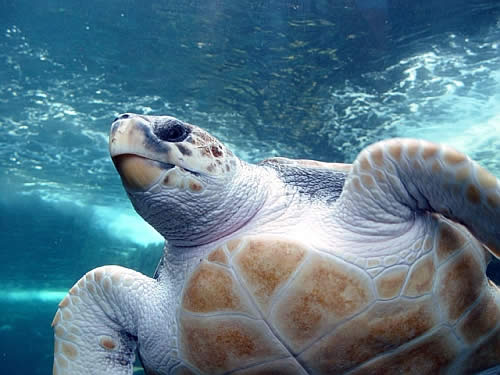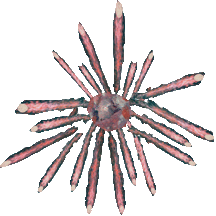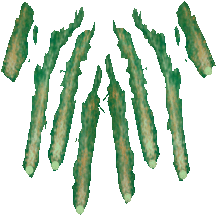May 30, 2011
Loggerhead Turtle Season is Upon Us
An Opportunity to Learn and Share with Children
Loggerhead turtle season 2011 has arrived, and it’s in full swing!
The season normally kicks off about mid May and continues through October along the southeastern seaboard. This year is right on target. In just the handful of days since the season kicked off, a number of nests have already been found. However, some false crawls have also been discovered this season, when the mother turtle comes ashore to lay her eggs, but does not; instead, she turns around and crawls back into the sea.
There was a time when false crawls were seldom, but now it happens more frequently. One possible explanation may be the number of people who go to the beach at night, carrying flashlights. Sea turtles prefer total darkness when coming ashore to lay their eggs. Female loggerheads are quite wary when they come ashore to nest and can be easily frightened or disoriented by lights or loud noises. So if one plans to walk the beach at night, red-light flashlights are recommended in lieu of standard flashlights.
Nests normally contain between 100 and 150 eggs, which will hatch in approximately two months. The hatchlings will make their way down the beach and into the surf. Mother loggerheads do not come back to the nests to guide their young into the water. The hatchlings follow the moonlight to make their way into the water, which is another reason why it is so important for vacationers and residents to keep external lights off or minimize light at night. Hatchlings can become confused by artificial light and find themselves in the street, tangled in the brush, or under beach houses.
Another fascinating fact is that female turtles return to the beach where they were hatched to lay their eggs, similar to the way that salmon return to their spawning area to reproduce and die. Equally fascinating is that a mother turtle will return every three years to the same beach to lay her eggs, which, of course, is why the oil spill has been so devastating to hundreds of miles of coastline and countless turtles.
In 1978, the loggerhead sea turtle was listed as threatened under the Endangered Species Act. In an effort to restore the turtle population, a number of coastal communities created loggerhead protection programs. In the Charleston area, Kiawah Island has a group called the Turtle Patrol. When nests begin to hatch, numerous groups of resident volunteers patrol sections of beach daily to check for emergent hatchlings. If a nest is too close to the shoreline and in risk of being washed away, the volunteers will relocate the nest to a safer location. The Folly Beach Turtle Watch program is also a very active and effective turtle patrol program, and Isle of Palm and Sullivan’s Island have a turtle watch patrol program, too.
These programs provide poignant opportunities for parents to share with their children, sensitizing children to the need to protect and preserve their environment.
Share Comments





